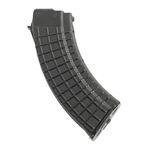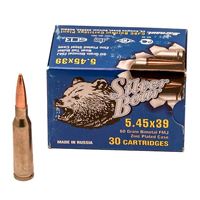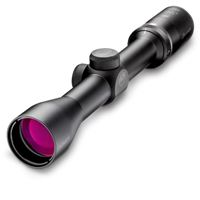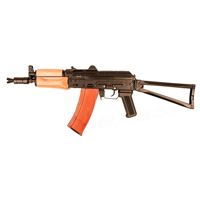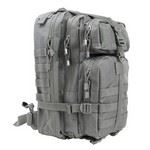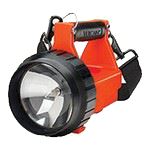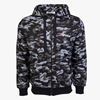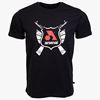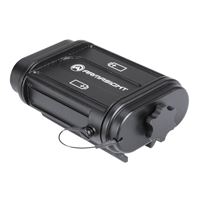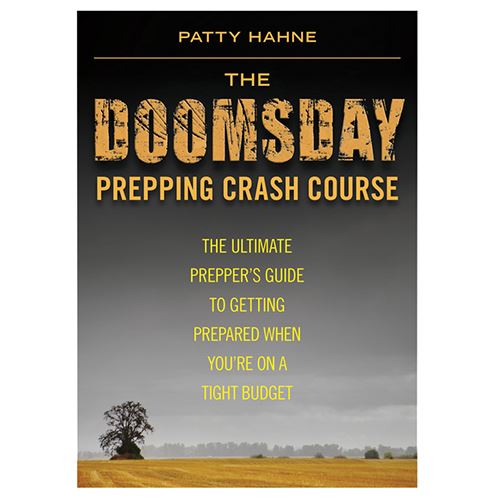The genesis of this article resulted from numerous online posts relating to defensive shooting. While the internet is a great source of knowledge, it is also a great source of misinformation. Here’s a few concepts worthy of examination.
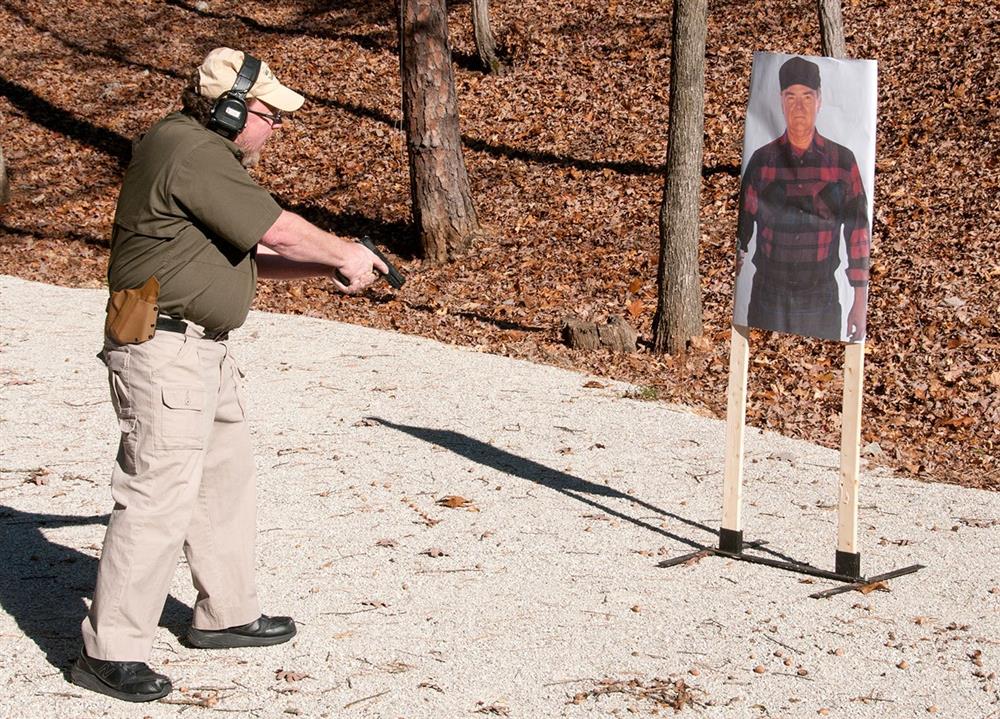
Myth: It does not matter what caliber you use, just hit them in the head and they will drop.
Well, yes and no. If the aggressor is hit in the right place within the head—pretty much regardless of caliber—they will most likely drop on the spot. However, hitting the right spot is not as easy as it may seem. There are not many vital organs in the head below the nose and the cranial vault is located above the eyes. It is called a vault because it protects the brain. Bullets cannot be counted on to penetrate the cranial vault as history confirms numerous examples of bullets skimming off the bone along the top and side of the head.
That leaves only about two inches of reliable target on the head—between the bottom of the nose and the top of the eyes. As stated, just about any caliber inserted forcefully into that 2-inch location will shut down the brain, but the chance of hitting that tiny target on a moving adversary, while you are moving and shooting under the incredible stress of a life-threatening attack is minuscule. It is best to aim for the center of the largest, available mass—typically that is the chest.
Myth: It is better to aim directly at the heart rather than at the center of the chest.
While the heart is a vital organ and aiming at it makes logical sense, in practical terms it is small and not located in a great place in the body. Shooting skills degrade under the extreme stress of an attack. If a shot aimed at the heart hits a few inches off to the right or high, the bullet would do minimal damage to the body or possibly miss the attacker altogether. If the aim is center mass of the chest, even a hit that is off by several inches will most likely do significant damage to the body.
Myth: When defensive shooting, small groups are better.
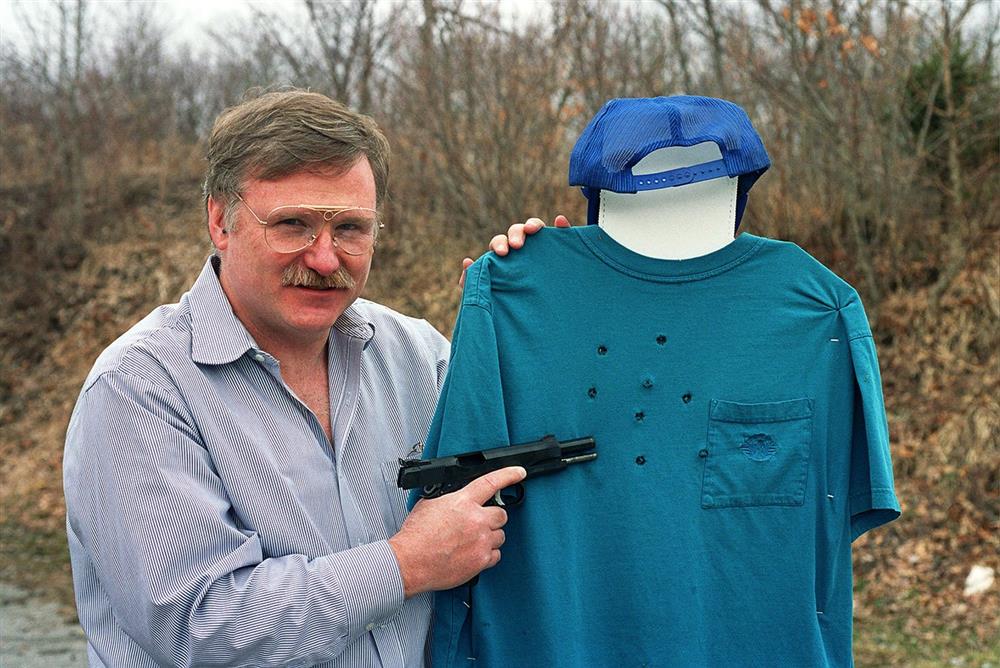
The problem with shooting small groups into an attacker is twofold.
- subsequent bullets are hitting flesh that has already been damaged. It is better to spread out the hits to damage additional tissue which will cause further muscle destruction and increased bleed out.
- It takes more time to shoot small groups and time is not on your side in a gunfight Remember the reason you are in a gunfight; the bad guy is trying his or her best to do grave bodily harm to you or others.
My preference is to train to shoot groups about eight inches in diameter—about the width of a hand. Wide enough to do damage with every shot and small enough to hit the body from the side. If your group is smaller, shoot faster. If your group size is too big, slow down. Keep in mind that the time that it takes to hit eight-inch groups increases as the distance to the target increases.
Myth: The military uses full metal jacket (FMJ) ammunition so that’s good enough to me.
The military is restricted to the use of full metal jacket ammunition by convention. Hollow point bullets are designed to spread open to create wider wound cavities and dump all their energy into the target. This effect destroys more flesh than full metal jacket bullets, thus increasing stopping power. Additionally, hollow points are more likely to remain within the body and not over penetrate like full metal jacket bullets, making it less likely to be of danger to innocents behind the attacker.
Myth: Carrying reloaded ammunition is just as good factory rounds.
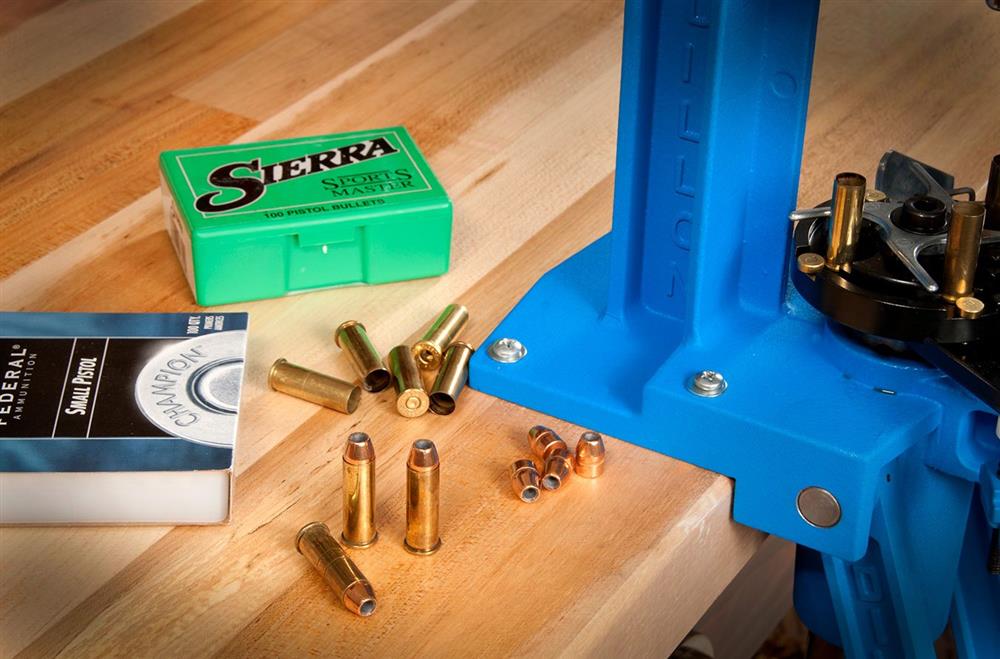
Don’t take this personally reloaders, but reloaded ammunition is inherently less reliable than factory-made rounds. In all the classes I’ve taught and taken, anytime there has been a participant with ammunition problems, they were using reloads. Used cases often have defects in the brass, caused by its continued reuse, which makes cartridges fail. When a bullet is fired, the casing expands due to the internal pressure. Part of the reloading process is to resize the casing back down to the correct size. This repeated expansion and resizing weakens the metal, eventually causing the case to weaken and/or crack, which can result in a blowout that can jam or damage the gun.
Additionally, sometimes the resizing done during the reloading process is not done properly, which can cause the ammunition to jam in the gun. I have seen this numerous times myself with reloads I have purchased. Another common reloading problem is incorrect powder drops which can cause a weakened round or even a ‘squib’ (none, or very little power), resulting in a bullet lodged in the barrel or a ‘double charge.’ This has a strong possibility of resulting in a damaged gun and injured shooter because of too much powder. I have seen squibs in competitions on numerous occasions over the years.
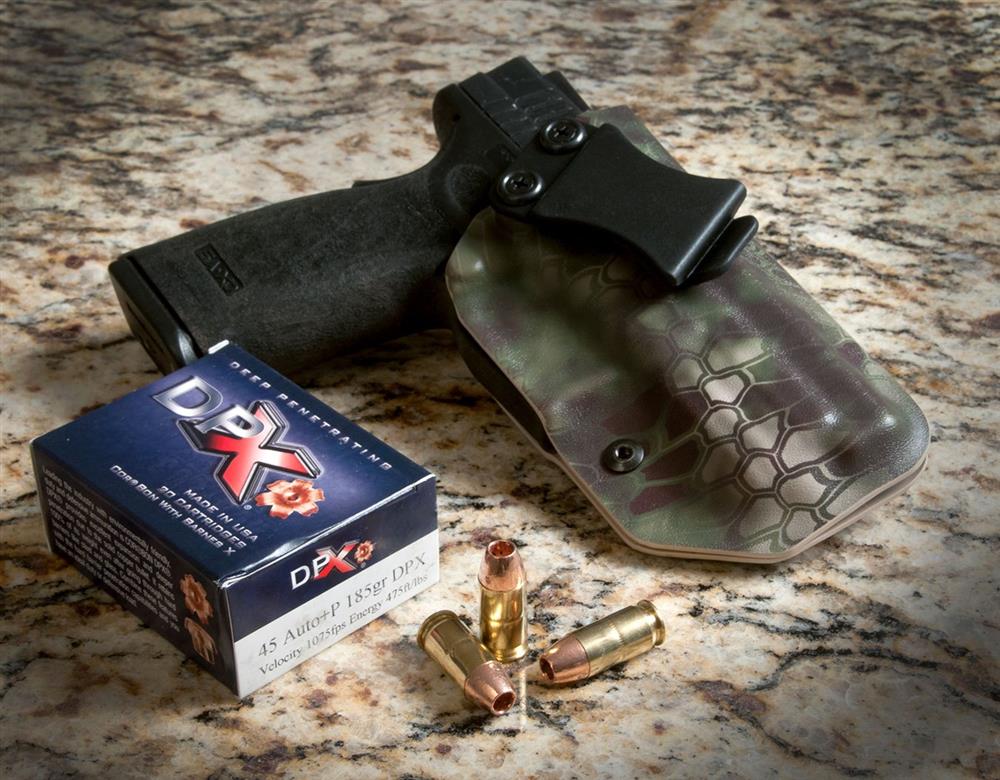
There are also some legal considerations against the use of reloads. In the event of a shooting, the performance of reloaded ammunition cannot be tested by police during an investigation, because the ingredients/recipe cannot be verified. Authorities keep stocks of all manufacturing lots of all commercial ammunition for testing comparisons in shooting investigations. If you use reloaded ammunition, they will not be able to compare your claims against any ammunition test results.
Also, in court, the prosecuting attorney may try to persuade the jury by declaring that you made your own ammunition because you think you know more about how to make ammunition than commercial manufacturers, and/or that your goal was to make ammunition that was more deadly than you could purchase. True or not, how do you think that will affect the jury’s opinion of you?
While buying reloads or reloading your own ammunition is less expensive and fine for practice, stick with factory ammunition for self-defense. Factory ammunition is far more reliable while offering maximum stopping power.
Myth: .45s produce more one-shot stops than 9mm.
That’s not easy to prove as lots of factors contribute to stopping power—the most important of which is shot placement. A .45 won’t stop anything if the shooter doesn’t put proper hits on target. Shot placement and number of hits is far more important that caliber choice.
Myth: Always train to get two well-placed shots on center mass.
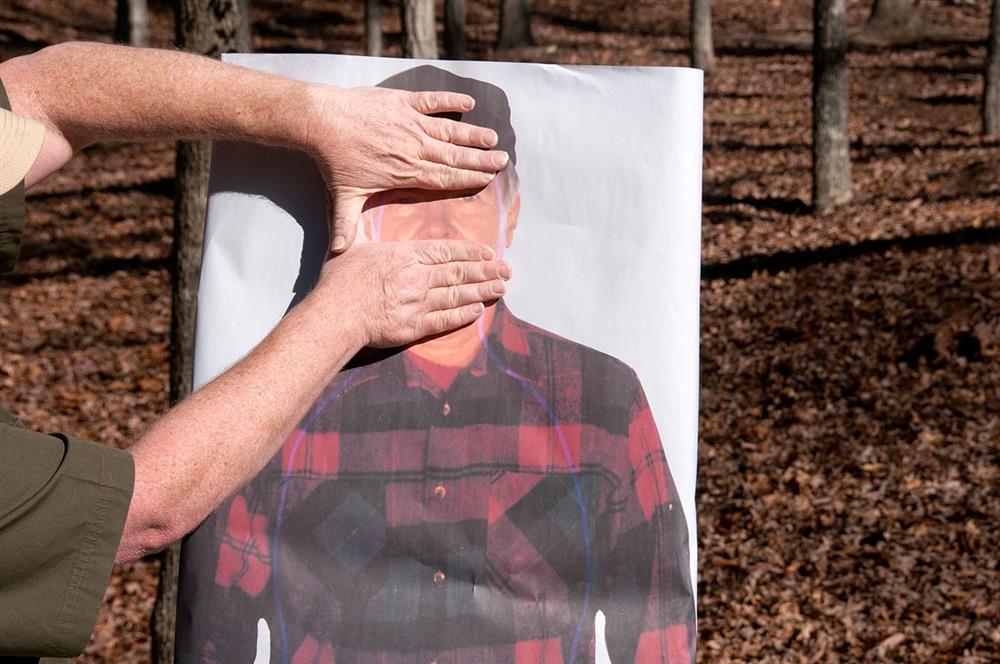
I don’t like the words “never” and “always.” They always never apply. The truth of the matter is that no two gunfights are alike, and you won’t know how many shots it will take to stop the fight. Keep shooting until the threat stops: It might take one, five, ten or more shots.
When practicing, don’t get into the habit of always shooting the same number of shots. Instead, shoot strings of varying counts. Sometimes shoot two shots, then vary the next string to seven, etc. Vary your shot count so you don’t develop training scars that can get you hurt in a real-life fight. Training should also include verbal challenges and sometimes challenges without shooting—Unholster, challenge, and do not shoot. Not all defensive shooting situations on the street will require shots being fired.


